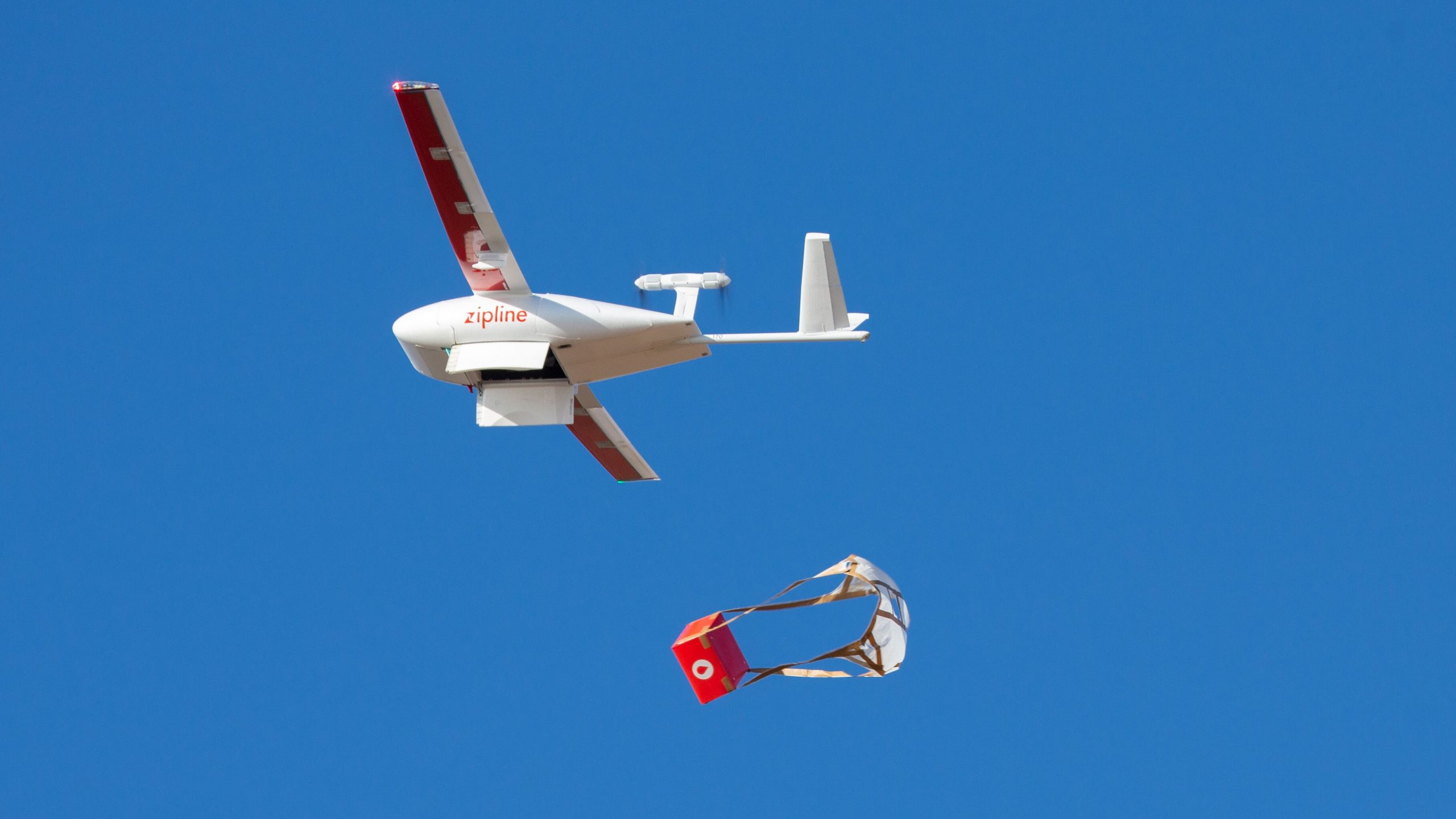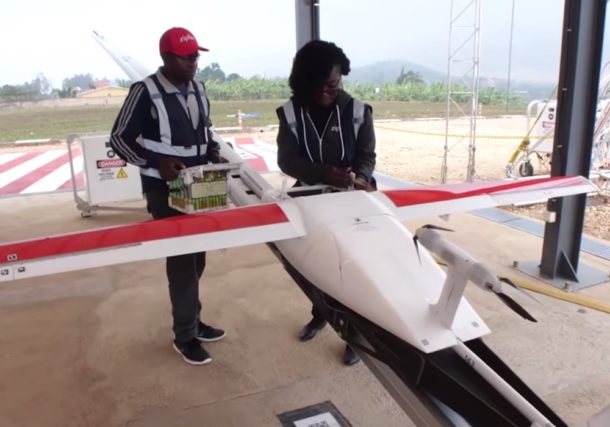


Nearly one third of the world, largely concentrated in Sub-Saharan Africa, lacks access to essential medicine due to a combination of stock-outs, wastage, and transport difficulties. īecause Zipline stores inventory centrally at its site, customers can order on-demand, which reduces inventory holding and transport costs for individual hospitals and the government overall. Zipline’s drones fly fast enough to carry a broader range of blood products with time- and temperature-sensitive transport and storage requirements to the last mile, thus supporting treatment decentralization. Laboratory technicians no longer travel to get blood and doctors and nurses can treat patients faster, increasing labor utilization. , Now Zipline delivers blood via drones in ~15-40 minutes, even during inclement weather. , Only 25% of Rwandan roads are paved and they tend to have poor drainage during rain. If out of stock, doctors could refer patients to larger hospitals or laboratory technicians would drive ~4-8 hours roundtrip to request blood from one of Rwanda’s five Regional Centers for Blood Transfusion (RCBTs), which can also suffer from stock-outs. Before Zipline, hospitals carried a small stock of common blood. The speediness of drones versus the status quo of road transport improved patient care, with ancillary benefits of better product availability, labor utilization, and product mix. Starting with routine and emergency deliveries of blood, Zipline revolutionized delivery of medical supplies to the last mile while adding value to multiple layers of Rwanda’s health supply chain. introduced the world’s first commercial drone delivery service in partnership with the Government of Rwanda. In October 2016, for-profit, California-based startup Zipline International, Inc.


 0 kommentar(er)
0 kommentar(er)
